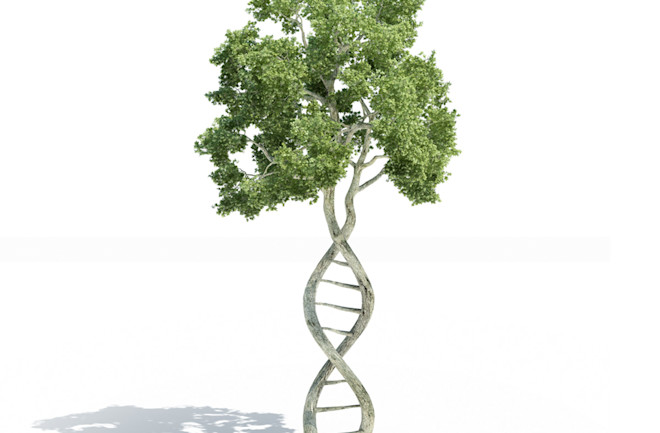What if you could turn a bread machine into your personal pharmacy? Or fill your gas tank with fuel made from grass clippings? Or light your home with glowing houseplants? While radical in concept, these ideas are startlingly practical and already in the works.
Researchers are reimagining biology to turn the inherent productivity of living things into a whole new method of manufacturing solutions to real problems. These scientists say before long, synthetic biology will join the growing list of revolutionary technologies — like cars, smartphones and the Internet — that initially scared or surprised us, but have since become so pervasive and necessary in our daily lives that we take them for granted.
At its most basic, synthetic biology is about making DNA from scratch, on scales from individual molecules to cells, tissues and even entire organisms. The field’s raison d’être is to design and build brand-new biological systems to eradicate deadly diseases, manufacture better materials and reduce reliance on nonrenewable resources.
“It is difficult to imagine the transitions led by synthetic biology,” says Juan Enriquez, co-founder of Synthetic Genomics, a California-based company that commercializes genome-related technologies. “It may sound obscure and distant from what you’re doing,” Enriquez says, but the work of these scientists will ultimately affect every one of us. “This stuff will change your life.”

